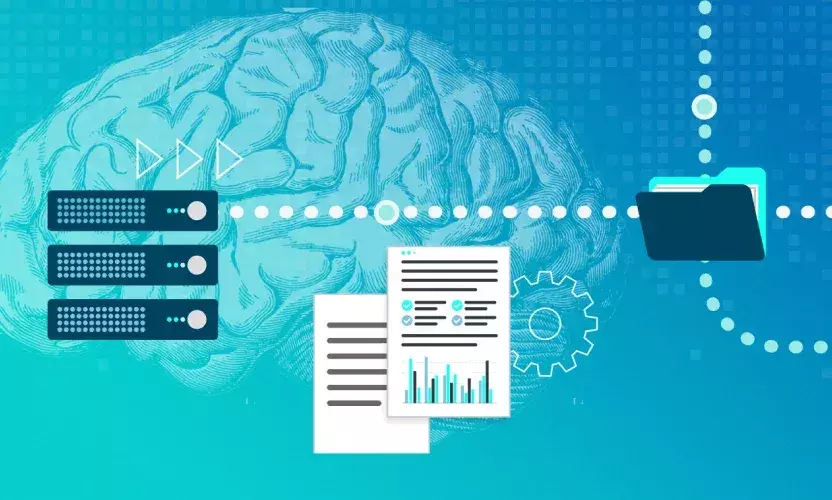
What We Learned at This Year’s Fierce Trial Master File Summit
This year’s Fierce TMF Summit took place in sunny Savannah Georgia, a city known for its ghosts. But the estimated 200 plus attendees of this year’s Summit aren’t afraid of your average ghosts and ghouls: instead, we shudder at tales of inspection findings, unruly document contributors, and other challenges in TMF management. Fortunately, experts from around the globe were there to share best practices and strategies for addressing such frightening prospects—and the Egnyte team was there to soak up the learnings.
Inspector Insights Are Worth Their Weight In Gold
Over the course of three days filled with numerous amazing sessions, we were particularly struck by the ones that delved into the inspection process. These sessions not only emphasized the significance of conducting regular mock inspections to identify issues before an actual inspection takes place but also familiarized attendees with the regional variations in inspection requirements—for example, inspectors from the MHRA are likely to request direct access to your eTMF, which is why the ability to provision viewer-only access to approved content is so important.
Speakers also reminded attendees that the FDA publishes all of their inspection findings, which allows individuals with enough patience to comb through such reports in pursuit of identifying trends. Fortunately, a lot of that leg work had already been done by presenters; most common inspection findings include missing documents, incorrect naming, ownership ambiguity, and access & security issues. Selecting an eTMF solution with features in place to address such common issues is clearly as vital of a task as ever.
The Human Element Is Still A Challenge
Many different presentations and panels emphasized the importance of cat wrangling: that is, how to account for the human elements of TMF management. Speakers and attendees painted a clear picture: even when armed with powerful eTMF applications, organizations cannot succeed at achieving ongoing inspection readiness without buy-in from their teams.
A few strategies emerged for ensuring team alignment: namely, hosting TMF office hours to ensure that end users have a recurring opportunity to meet with the TMF management team to address questions and best practices. Other suggestions included rewarding document contributors for good behavior with prizes or, for those looking to take a harsher approach, allowing teams to fail mock inspections in order to underscore how their individual TMF management tasks can impact the trial at large.
The Next Generation of AI Is Coming
Whereas conversations around applications of AI and ML in eTMF have previously been reserved for only the most advanced and strategic teams, times have changed. The eTMF industry at large is well aware of the capabilities that AI bots have to perform tasks such as auto-classification—now, the cutting-edge strategic conversations revolve around what the next iteration of AI in eTMF could look like. From assisting in QC reviews to leveraging AI to detect atypical user behavior which may indicate a compromised account, the future of AI in eTMF is bright.
Conclusion
Collaboration and community are at the heart of the TMF industry, and the development of the TMF Reference Model is a testament to this. It was a privilege and a delight to take a seat at the table last week alongside TMF thought leaders—and the Egnyte team is in it for the long haul. With numerous exciting plans for our eTMF app, we are eager to continue working with other innovators to shape the future of TMF management for years to come.
Interested in learning more about Egnyte's eTMF solution? Check out our eTMF Best Practices eBook and connect with our eTMF experts.





